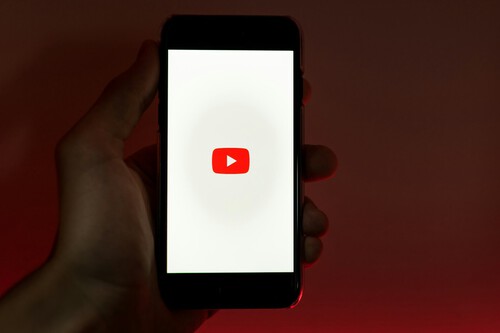The future of video is short. Look no further than the explosive growth of short-form video platforms like TikTok, which boasts 1.6 billion users worldwide and is expected to grow from 113.2 million users in the U.S. in 2023 to 121.1 million in 2027. It’s no surprise that other video apps are following suit, just like Netflix and its streaming competitors. Many of TikTok’s rivals are thriving. YouTube, for example, continues to grow thanks to its open adoption of TikTok’s features.
Shorter is better. YouTube Shorts, the platform’s short video section (no more than 60 seconds, later extended to three minutes, in vertical format), has reached a new high of 200 billion daily views, according to YouTube CEO Neal Mohan’s speech at the 2025 Cannes Lions International Festival of Creativity. That represents growth of 186% over the previous year. In March 2024, the platform reported 70 billion daily views since Shorts launched in 2021.
Now, with AI boost. In this growth backdrop, Mohan announced that Veo 3 will arrive on YouTube Shorts this summer, which could significantly differentiate YouTube from TikTok. Google’s video generation model will enable users to create backgrounds and clips. The previous version, Dream Screen, could do this too. Still, Veo 3 surpasses it in many ways, from technical quality to the implementation of AI-generated audio.
It’s devouring YouTube as you know it. For years, the rise of YouTube Shorts has fueled debate about the possible “cannibalization” of traditional, long-form YouTube content. Like TikTok, Shorts favors content discovery and quick consumption, capturing the attention of younger audiences who primarily use mobile devices. In 2025, the maximum length of Shorts extended to three minutes, narrowing the gap between the two formats. This allows content creators to develop more complex ideas, bridging the gap between traditional YouTube and Shorts—and between Shorts and TikTok. TikTok has been experimenting with videos that last up to 30 minutes.
It’s not quite there yet. Although YouTube Shorts’ growth is unstoppable, TikTok still has an unmatched ability to discover new videos for users. That’s thanks to a much more refined algorithm. Anyone who spends time on both platforms knows this, as TikTok provides not an avalanche of videos for everyone, but content tailored more specifically to each user.
For now, trends, musical discoveries and memes continue to originate on TikTok. Shorts follows in its wake, even without an algorithm. There are multiple reasons for this. TikTok’s algorithm analyzes thousands of user behavior signals (likes, comments, viewing time, repeats, etc.) to personalize the content on the “For You” page.
The possibility that any creator can go viral, no matter how unknown, encourages experimentation and creativity. Similarly, TikTok has revolutionized how songs are discovered and popularized. The platform is now the primary way for new songs and artists to gain recognition, thanks to its reuse of music and encouragement of challenges, memes and choreography.
It’s a toss-up. However, YouTube holds some structural and business-related advantages over TikTok. First, there’s the constant worry that countries like the U.S. could ban TikTok. That would allow Shorts (and Instagram) to fill the void. Second, monetization is much more developed on YouTube, where money reaches creators more robustly and predictably. This is no small detail. It has led influencers and streamers to return to YouTube after trying other platforms, thanks to YouTube’s advantages—and despite the inevitable ups and downs.
Image | Szabo Viktor (Unsplash)
Related | YouTube, You’ve Gone Too Far




View 0 comments